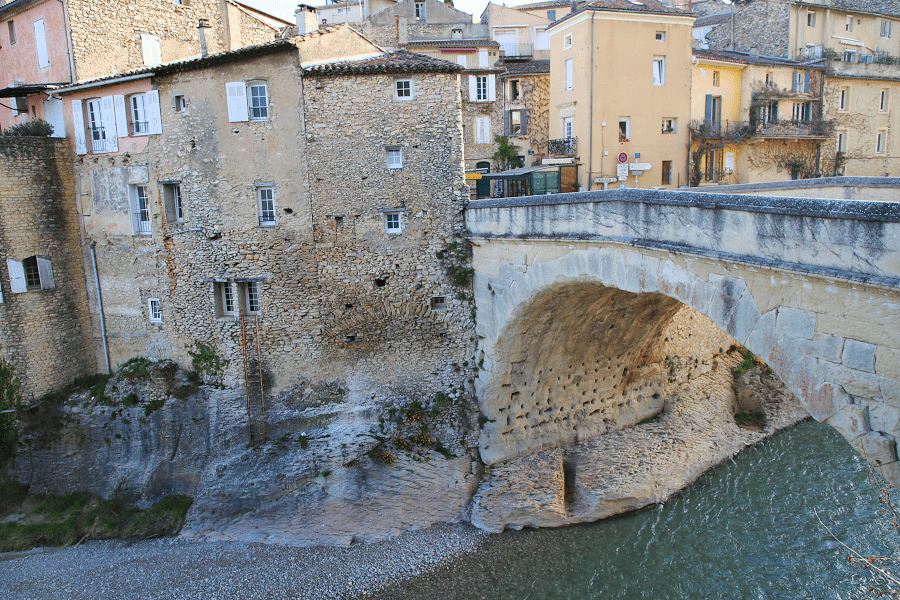Brassac is a commune in France, situated at the gateway to the Sidobre region in the south-east of the Tarn department in the Occitania region. Historically and culturally, the commune lies in the Sidobre, a forested granite territory to the east of Castres.
Exposed to an altered oceanic climate, it is drained by the Agout, the Ruisseau du Terral and various other small streams. Part of the Haut-Languedoc regional nature park, the commune boasts a remarkable natural heritage: a Natura 2000 site (Les vallées du Tarn, de l’Aveyron, du Viaur, de l’Agout et du Gijou) and six natural areas of ecological, faunistic and floristic interest.
The city stands on the Camino de Arlés of the Camino de Santiago route to Santiago de Compostela.
Main attractions
- Old bridge (12th century).
- Châteaux (château de l’hôtel de ville and château de la marquise).
- The present-day Saint-Georges church replaces the former Brassac church, which was disused in January 1899 because it was too dilapidated. The new church was consecrated in 1923. It was built according to a plan approved in 1910. The church’s windows were made by the glass painter Joseph Fauré from Gaillac (1883-1967), son of Henri Fauré (1836-1911).
- Protestant temple in Brassac.
- Historical trail in the village.
How to get to?
From Paris: 8 hr 29 min (728 km) via A20
From Toulouse: 1 hr 39 min (106 km) via N126
From Andorra: 3 hr 47 min (246 km) via N20
From Barcelona: 4 hr 18 min (341 km) via AP-7 and A9
From Madrid: 9 hr 36 min (818 km) via A-2
Main information
Area: 23 km2
Population: 1294
Coordinates: 43°37′50″N 2°29′58″E
Language: French
Currency: Euro
Visa: Schengen
Time: Central European UTC +1
See here Pyrenees travel guide
See here France travel guide
See here Spain travel guide

















